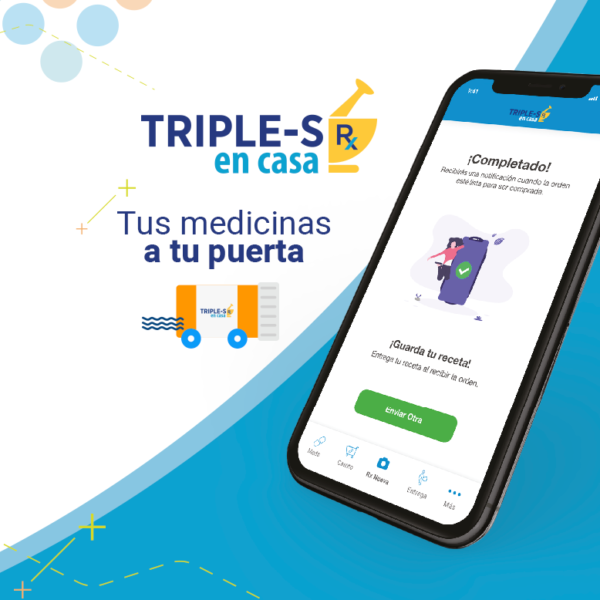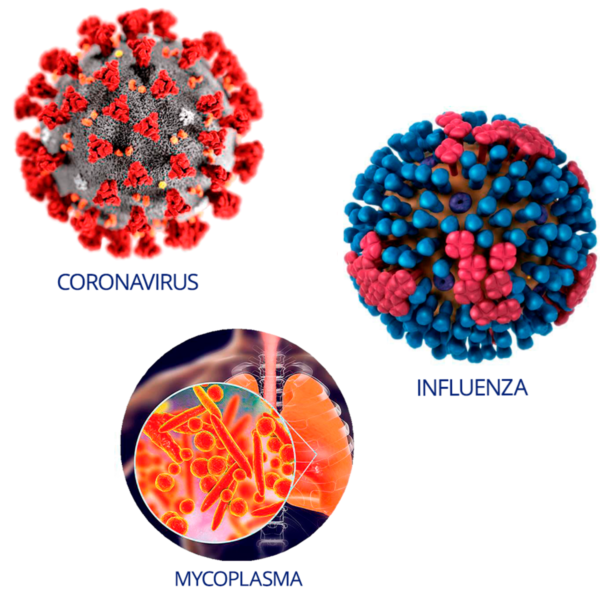The use of opioids for the next five years reveals alarming projections in the statistics: in 2025 there will be more than 80,000 deaths from opioid overdoses in the United States, equivalent to an increase of 147% compared to 2015*.
Now, what are opioids and why does the percentage of overdose deaths increase every year?
Opioids are prescribed medications for the treatment of acute (sudden, due to injury, surgery) or chronic pain (pain that lasts more than 3 months). For example, these medications are used to manage pain in patients with cancer treatment. The substance stick to different parts of the brain and nervous system, quickly blocking pain, causing a sense of well-being and pleasure. The prolonged use of opioids acts on the nerve cells of the brain making them dependent (addiction).
Some of the most prescribed medications are: codeine (which has a low potential for dependence), oxycodone (alone and in several combinations, such as oxycodone plus paracetamol [acetaminophen]), hydrocodone and morphine. Methadone by mouth and fentanyl administered in patches on the skin are used to treat severe chronic pain. On the other hand, it should be noted that heroin is an illegal substance and one of the most potent opioids, but in other countries it can be used for very limited treatment applications.
Did you know …
Recommendations with the use of opioids:





*The analysis was presented in the scientific Journal of the American Medical Association (JAMA), with data from the National Survey on Drug Use and Health (NSDUH) and opioid statistics from the Centers for Disease Control and Prevention (CDC).
For more information:
https://www.cdc.gov/drugoverdose/patients/index.html
https://www.cdc.gov/spanish/signosvitales/opioides/infographic.html
https://www.drugabuse.gov/es/informacion-sobre-drogas/los-opioides/la-crisis-de-opioides#two










